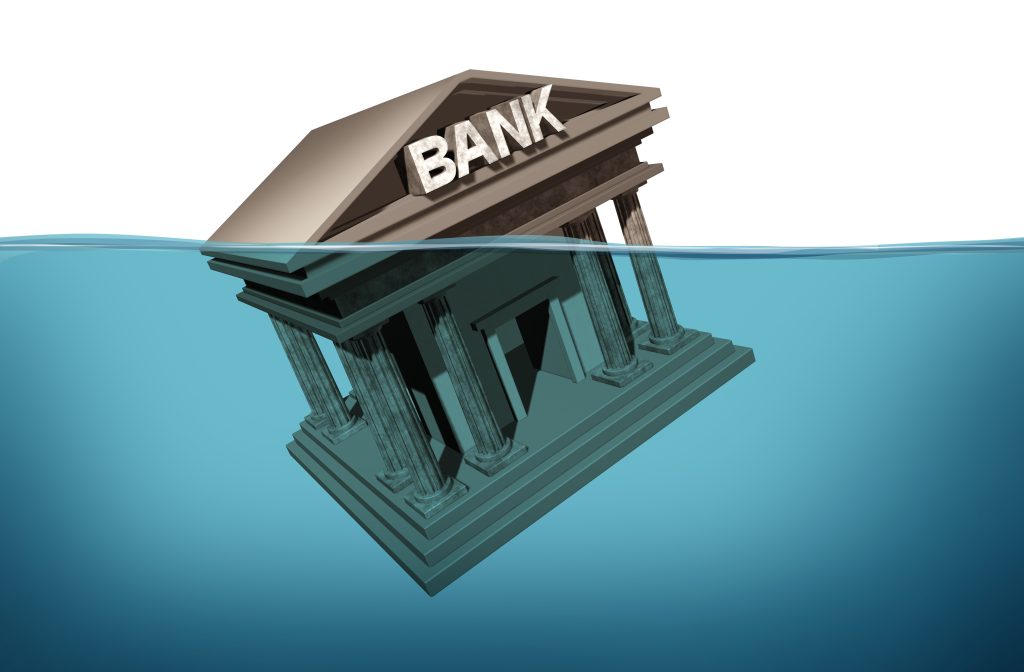September 24, 2012
London, England
Never try to teach a pig to sing, advised Robert Heinlein. It wastes your time and it annoys the pig. Similarly, never try to convince a central banker that his policies are destructive.
After five years of enduring crisis, market prices are no longer determined by the considered assessment of independent investors
acting rationally (if indeed they ever were), but simply by expectations of further monetary stimulus. So far, those expectations have not been disappointed.
The Fed, the ECB and lately even the BoJ have gone “all- in” in their fight to ensure that after a grotesque explosion in credit, insolvent governments and private sector banks will be defended to the very last taxpayer.
Conventional wisdom is that such moves are justified during this period of economic slowdown, as everyone agrees that the market is ‘deleveraging’. But as the consistently excellent Doug Noland points out, this idea of deleveraging (i.e. reduction of available credit) in the US is a myth. In the second quarter of this year:
– Consumer credit in the US grew by 6.2%, the highest pace in nearly five years;
– US non-financial credit market debt grew by 5%, the highest pace in nearly four years;
– Total household debt increased 1.2%, the highest pace in over four years;
– US Treasury debt has increased 110% in four years;
– After contracting by 1.2% in the first quarter, state and local borrowing is now up 0.8%
The numbers don’t lie. Genuine deleveraging would imply a reduction in debt, especially non-productive debt. Genuine deleveraging would see market prices determined by fundamental forces of supply and demand, not by government intervention, manipulation and inflationism.
Instead, we get a profound form of ‘mission creep’ by central banks, whose policies are now destroying the very same economies they are nominally tasked with protecting.
In the words of veteran analyst Jim Grant, the Fed has evolved well beyond its origins as a lender of last resort and not much else, and now is fully engaged in the business “of steering, guiding, directing, manipulating the economy, financial markets, the yield curve…”
It is a wholly specious argument to suggest that the creation of trillions of dollars / pounds / euros / yen out of thin air will not ultimately be inflationary; it is like saying that storing an infinite amount of tinder next to an open flame does not constitute a fire hazard.
Admittedly, the explicit inflationary impact of historic monetary stimulus will not be fully visible until those trillions are circulating in the economy in private exchanges between buyers and sellers– rather than squatting ineffectively in insolvent banks’ reserves. But financial markets are nothing if not capable of anticipating future trends.
Investors, traders, speculators– call them what you will– are already weighing up the probability of a reduction in future purchasing power; the prices of alternative money such as gold and silver, as denominated in unbacked fiat currency, are already responding.
Financial repression, of course, is all about wealth transfer. Inflationism is the textbook response to a crisis of too much debt (even if you were the over-borrowed entity that triggered the crisis in the first place).
Anticipating an inflationary tsunami is not a precise science because market confidence in intangible paper currency does not persist linearly. It lasts until it doesn’t last any more, and then it runs the risk of shattering instantaneously, along with faith in most G7 government debt. Like Hemingway’s idea of bankruptcy, we go broke slowly, and then all at once.
But one of the most grotesque ironies of our time is that western government debt– the asset class which is objectively the least attractive (as well as the proximate cause of the world’s financial problems)– is also the most expensive.
But just because sheep-like bond fund managers are providing a real time lesson in the perils of agency risk does not mean we have to follow them down the primrose path.
Cash, most forms of bonds, and fixed annuities all look like poor prospects for the years ahead. Productive real estate, defensive equities of businesses with pricing power, gold and silver all look like better alternatives.
The last Fed chairman with the guts to do the right thing for the economy rather than just its banks, Paul Volcker, has rightly observed that “monetary policy is about as easy as it can get”. Another round of QE “will fail to fix the problem”. That is in part because the Fed, along with its international peer group, is now the problem… masquerading as the solution.








